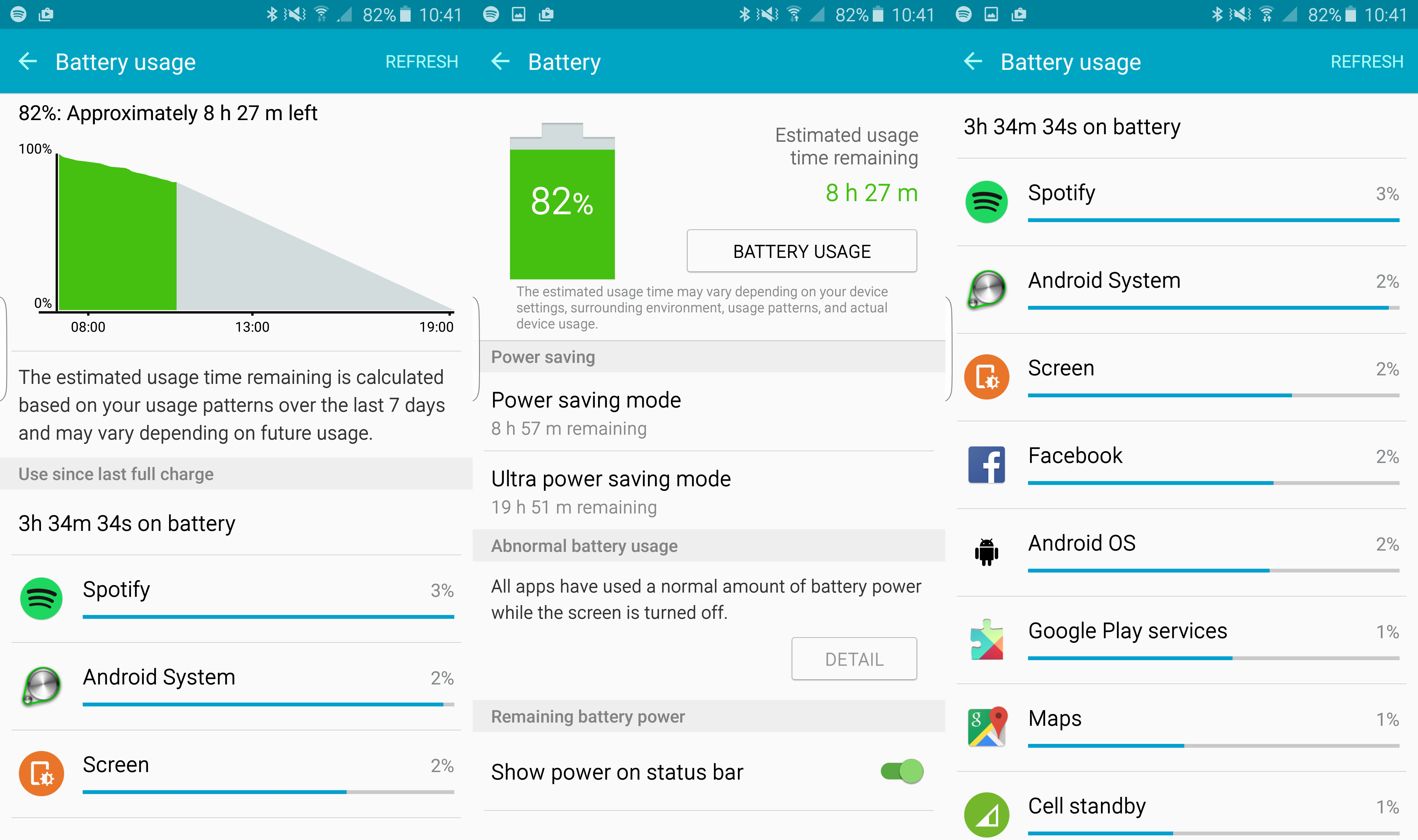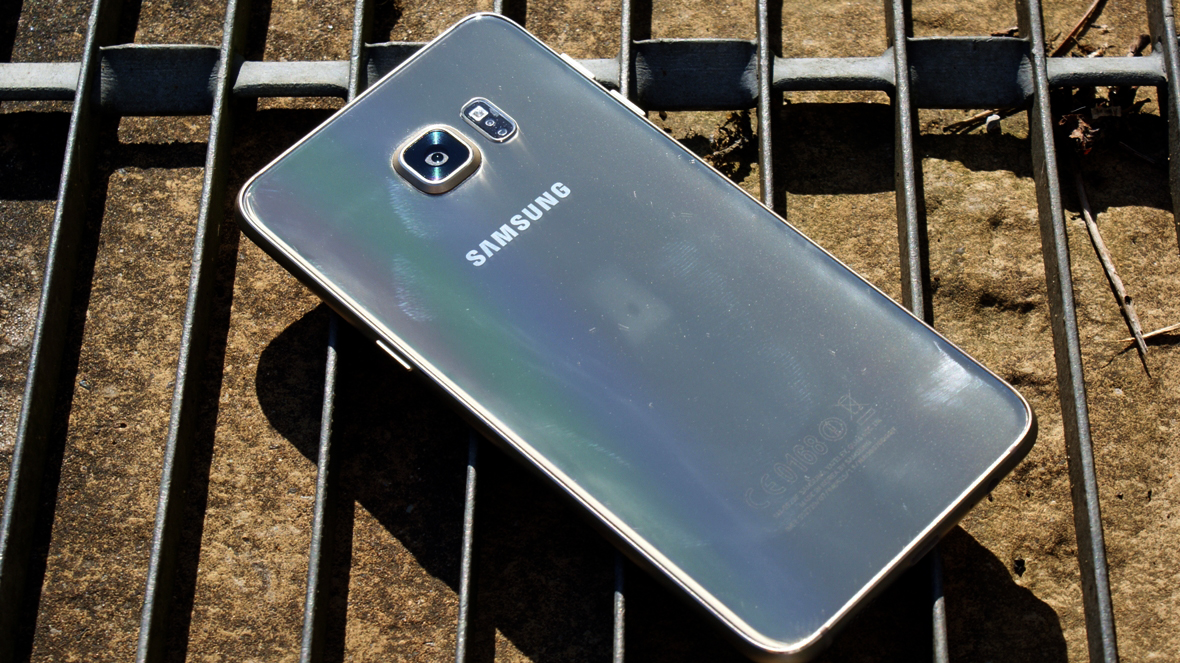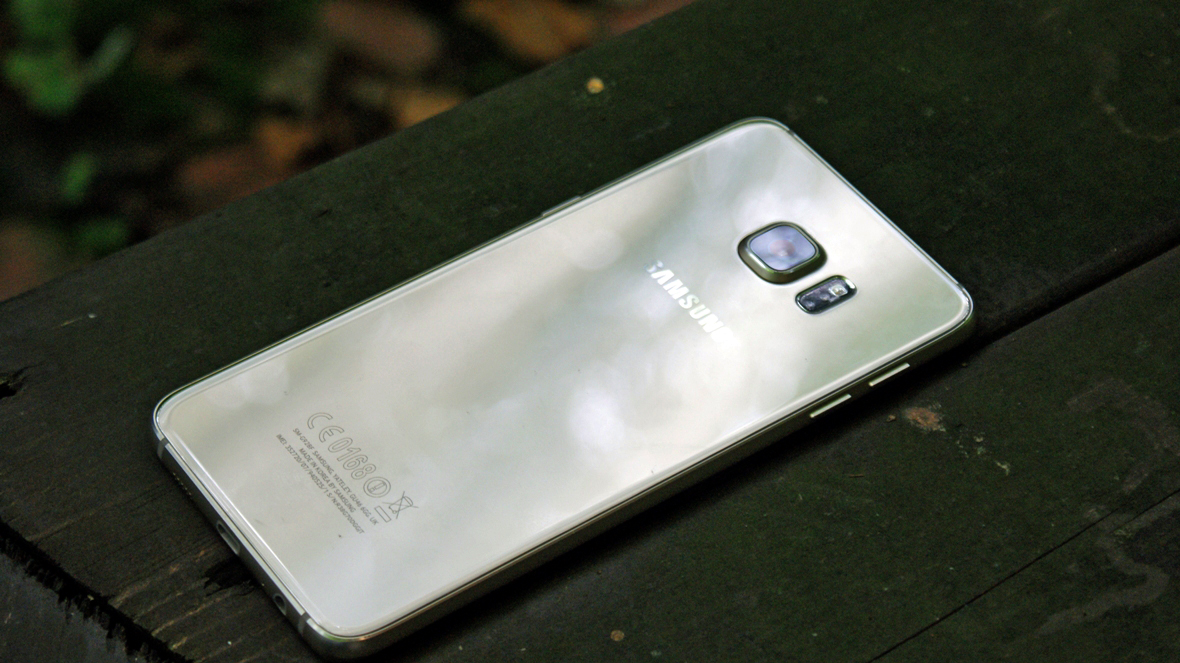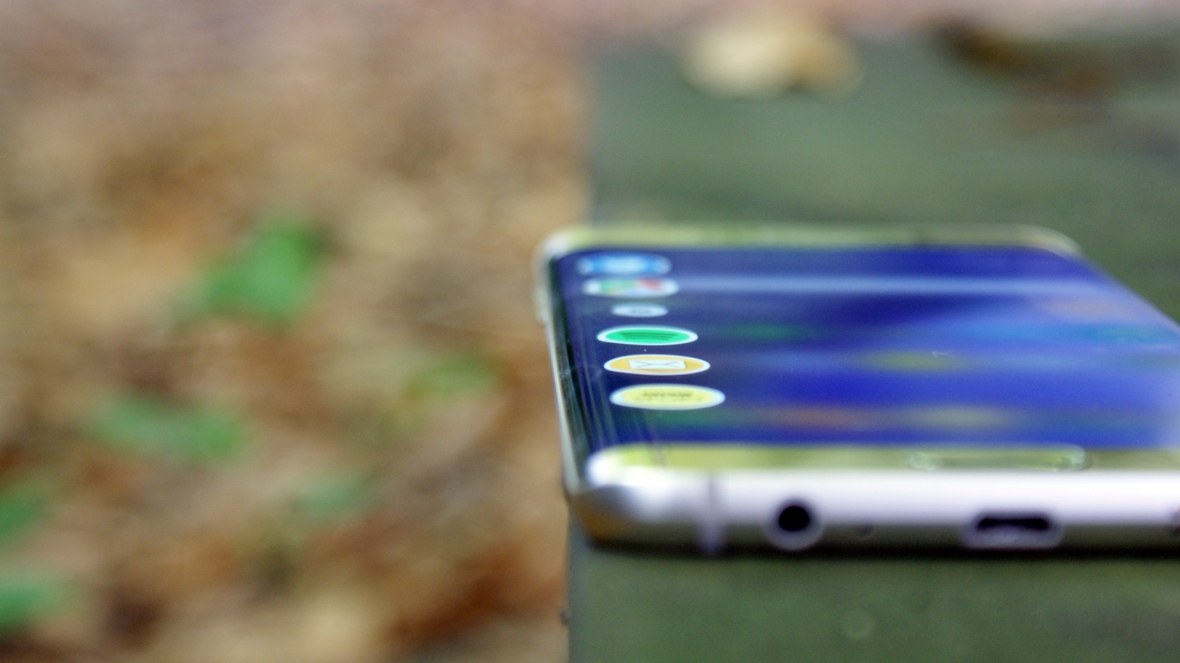Why you can trust TechRadar
Battery life
- 3,000mAh battery isn't the best on the market and gives unpredictable results
- Read on below for a full look at the battery results
The battery life of the Samsung Galaxy S6 Edge+... AKA the most boring nature documentary ever. It's also the section of the review I'm least looking forward to writing, as it's a whirling, twisting snake of a thing to define.
The reason is the battery life is just so flipping erratic. One day it'll be brilliant, and then it will piss out all the juice because I listened to Spotify for a bit. I've even delayed writing this review to try and get it to settle, but nothing has really helped.
Coming back to the phone months later, and using it extensively for several weeks the battery hasn't improved. It'll still regularly struggle to see out a full day, and the improvements made on the Galaxy S7 and S7 Edge puts the S6 Edge+ even further behind.
Let's work off the empirical data: the Galaxy S6 Edge+ was subjected to our standard video run down test, where the phone was charged to 100%, and then a Full HD video was run for 90 minutes with the screen on full brightness. That yielded a result of 23% battery life lost, which is rather a large number when compared to similar handsets.

For instance, the Note 5 managed to only drop 14%, where the Samsung Galaxy S6 dropped 16%. I can only surmise that the S6 Edge+'s larger curved screen was drawing more power than the flat variants, which is irritating as it doesn't do a lot more.
That said, it's not terrible performance - the iPhone 6 Plus ran the same video and dropped 27%, and it has a lot fewer pixels to drive, so to achieve even this Samsung has done well, though Apple has since topped it with the 22% drop of the iPhone 6S Plus. The slightly smaller Galaxy S7 Edge lost just 14% in the same test, showing the marked improvement Samsung has made here.
But let's get down to real world usage, and that's where the Samsung gets confusing. Watching YouTube videos, playing games and generally messing around with the web browser doesn't hurt the battery too much, as it seems these actions block the phone from connecting up to the Google servers, which, according to the stats, are the reason that the phone is munching down so much battery.
As you can see from the grabs, there's not a lot of difference between the normal usage and the power saving mode, which means it's general use that's killing the battery - dropping the motor, dimming the screen etc isn't going to help much here.
The issue appears to live with the Android OS itself, something I've seen on multiple phones since Lollipop landed. There's a constant connection to the Google servers to check for Play Services, and the Android OS is often one of the biggest culprits when it comes to taking those precious percentage points.
82% left isn't too bad for the morning, with the phone off charge for a few hours. However, just over eight hours left for 80% battery isn't enough... a good phone will manage at least 15%, and while I am listening to Spotify, it's in offline mode and therefore shouldn't be streaming down a load of data and eating the battery.

Most days I'll need to do a top up charge at about 8PM to make sure I'll get through the day, which is annoying as it means I can never be confident in the performance of this phone. I read someone else claiming they could return from work with the phone at 60% battery life, which utterly perplexed me.
The only way that would be possible is if the phone was left quietly on a desk, doing literally nothing all day, and minimal interaction on the way to and from work. S Health would have to be disabled (as the step tracking must be chewing the battery a little bit too) and, generally, you'd have to avoid using this amazing piece of machinery you spent so much money on.
But then yesterday I spent two and a half hours out on a run, alternating between podcasts and Spotify, with step tracking enabled. While I wasn't using the phone to track the run, it was still constantly in use and the screen kept turning on in the rain too.
Then I returned home and spent most of the day fiddling with the handset on the bed / sofa, trying desperately to recover through looking at inane nonsense on the internet and checking my stats. I even streamed some music to a Bluetooth speaker for a while - and despite this I still had nearly 25% battery left when going to bed.
The easiest way to say it is this: the Samsung Galaxy S6 Edge+ has a very 'loose' battery life, with the phone running low on power very easily if the wrong combination of apps / activities are performed in the same day.
But give it a task, like watching video or playing a game, and it will do as well as many other handsets out there. Keep it solid and the battery will hold out, but most of the time you'll be a bit annoyed with it.
That said, the fast charging is simply brilliant. Even if you're getting a bit critical a quick pop onto the charger (make sure it's the one that came in the box) will see the battery juice back up in no time. Seriously... you can plug it in, head to the toilet, make a cup of tea (not at the same time) and come back to find up to 20% battery life restored.

The wireless charging is great too - throw the S6 Edge+ down on any pad and it will start powering up. It's cool and buying a charging pad for work will sort you out in terms of keeping the charge up.
It's not good enough that the S6 Edge+ has a poor battery, especially when it doesn't have the excuse of being a tightly-packaged phone to fall back on. That extra heft should have been used to pack a massive power unit in there, and the battery life should be decent to reflect that.
Fast and wireless charging do help to offset that issue, but we want prevention, not cure here. The hope is when the Android Marshmallow update drops, complete with Google's power saving Doze feature, things will improve for the Galaxy S6 Edge+. In the meantime though you'll want to keep your charger to hand.

Gareth has been part of the consumer technology world in a career spanning three decades. He started life as a staff writer on the fledgling TechRadar, and has grew with the site (primarily as phones, tablets and wearables editor) until becoming Global Editor in Chief in 2018. Gareth has written over 4,000 articles for TechRadar, has contributed expert insight to a number of other publications, chaired panels on zeitgeist technologies, presented at the Gadget Show Live as well as representing the brand on TV and radio for multiple channels including Sky, BBC, ITV and Al-Jazeera. Passionate about fitness, he can bore anyone rigid about stress management, sleep tracking, heart rate variance as well as bemoaning something about the latest iPhone, Galaxy or OLED TV.
